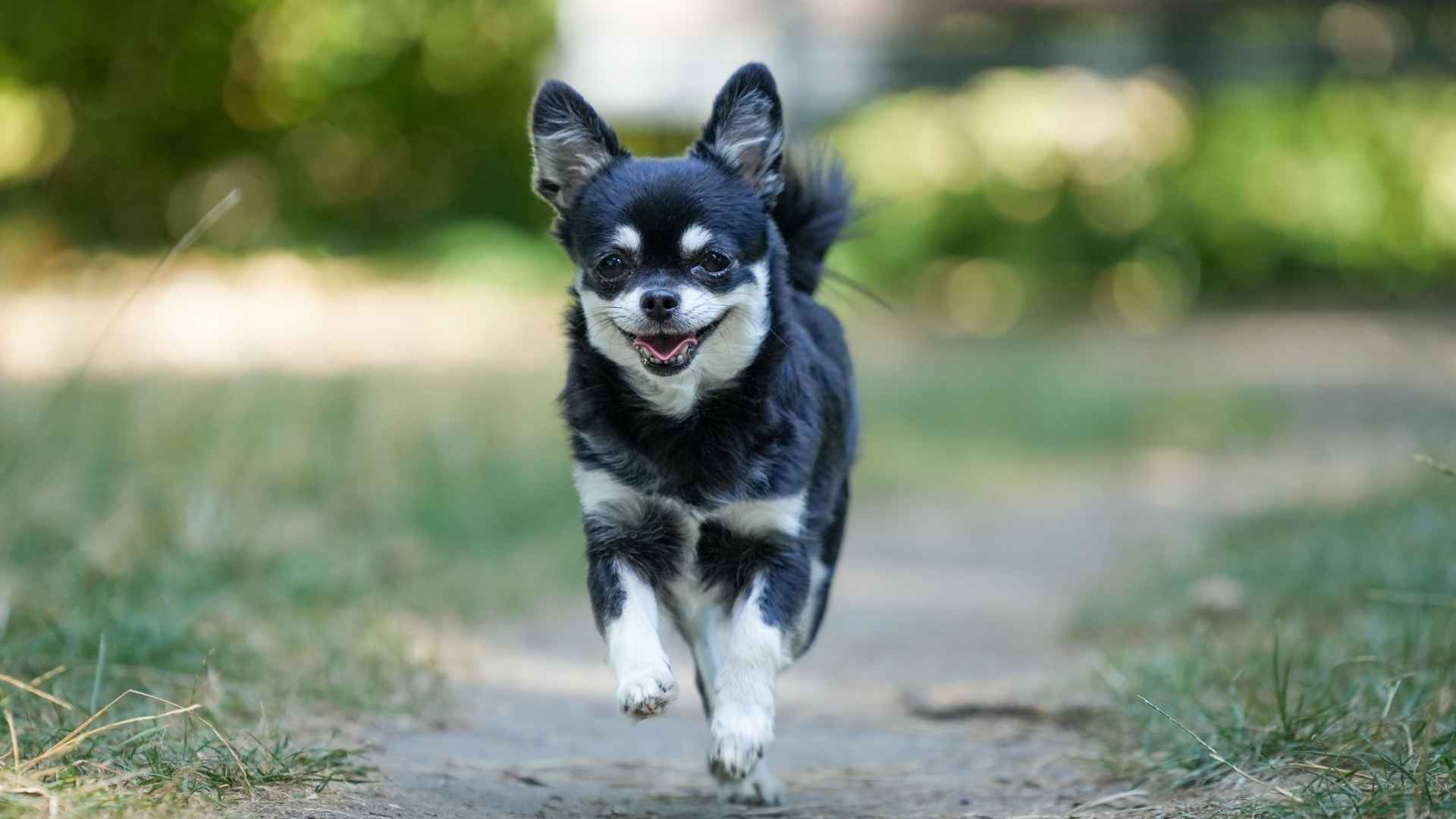Don’t let their size fool you, small dogs can pack an impressive punch when it comes to energy and enthusiasm. These compact companions are often bursting with vitality, making them perfect partners for individuals or families who lead active lives. Whether you’re an avid hiker, a daily jogger, or someone who simply enjoys frequent playtime at the park, an active small dog breed can match your pace and often outlast it.
Historically, many small breeds were developed not just for their convenient size, but for their agility, speed, and stamina. From zipping through tight tunnels to flushing out prey or serving as sprightly lap dogs, their roles demanded more than just a cute appearance. Today, those same spirited traits make them ideal for apartment dwellers, city adventurers, and anyone craving a lively four-legged friend.
Beyond their lovable nature, these dogs are also easy to transport, require less food and medication, and adapt well to limited living spaces. Most importantly, they bring boundless energy that can inspire you to stay active and enjoy life to the fullest, one fetch session, trail walk, or swim at a time.
Active Small Dog Breeds
1. Dachshund
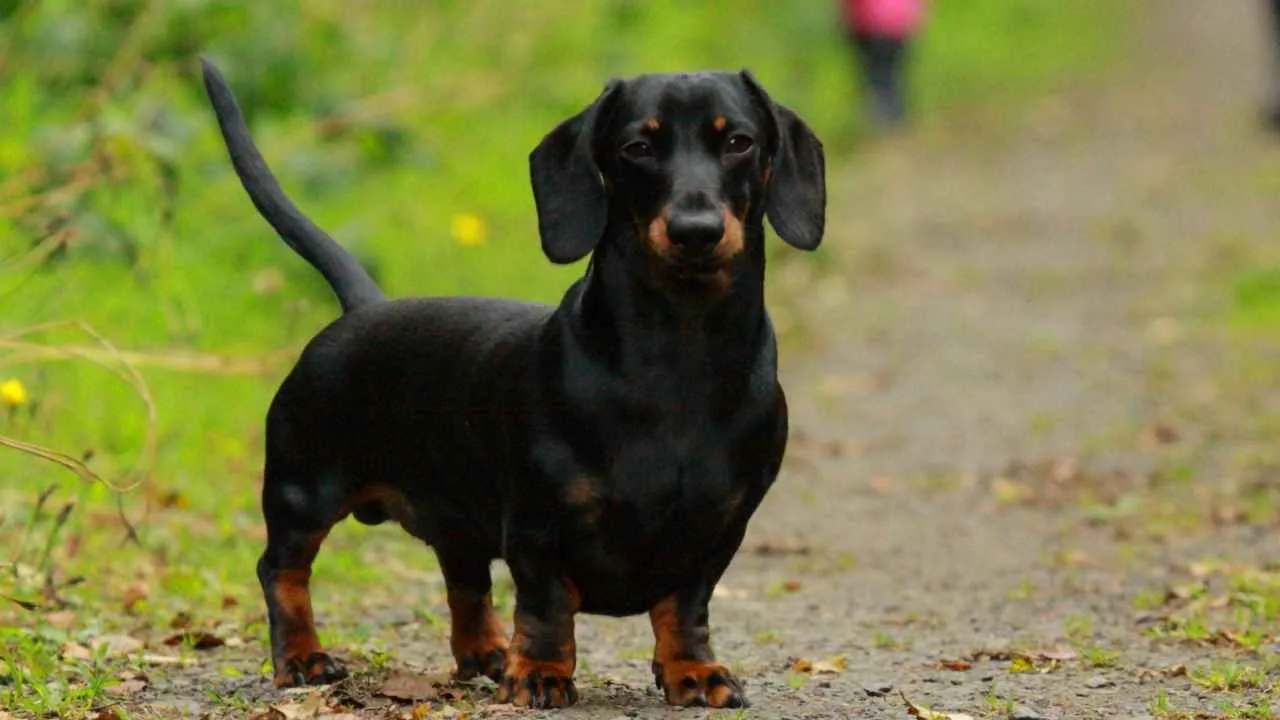
With its unmistakable silhouette and a personality twice its size, the Dachshund proves that energy doesn’t require long legs. PetMD notes that Dachshunds, often called “hot dogs” or “wiener dogs,” are recognized for their elongated bodies, sturdy short legs, bold and lively nature, and constant alertness.
Available in both standard and miniature varieties, this hound breed is beloved not just for its charm but for its spirited drive. They are one of the best small dog breeds due to their lovely nature and activity. Originally bred to track badgers and rabbits through dense underbrush, the Dachshund is a natural adventurer.
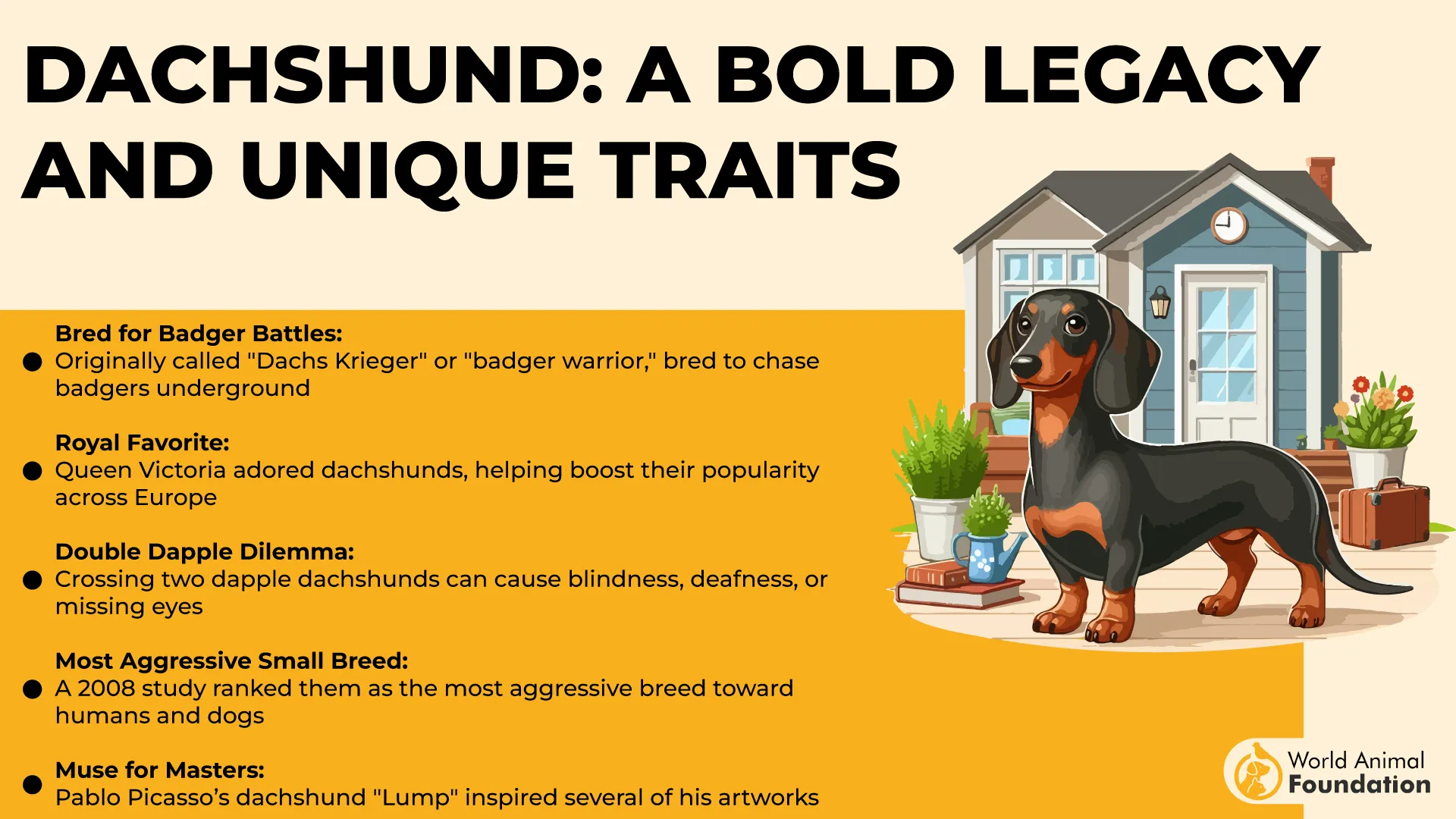
Curious, clever, and determined, these little dogs often surprise their owners by keeping up on hikes, short runs, and lively backyard chases. Despite their small size, they have an enduring stamina and love to explore, making them a fitting choice for active households.
Exercise
To maintain their health, especially to support their long, vulnerable backs, this affectionate dog needs consistent physical activity. Multiple short walks a day, interactive play sessions, and mentally stimulating games are essential.
While they aren’t suited for high-impact exercise like long-distance running or jumping, their enthusiasm for activity makes them eager participants in outdoor fun. Keeping them active also helps prevent obesity, which their build predisposes them to if not carefully managed.
Fact: Dachshunds were originally bred for tracking small game like rabbits and badgers, using their athleticism to cover rugged terrain with ease.
2. Yorkshire Terrier
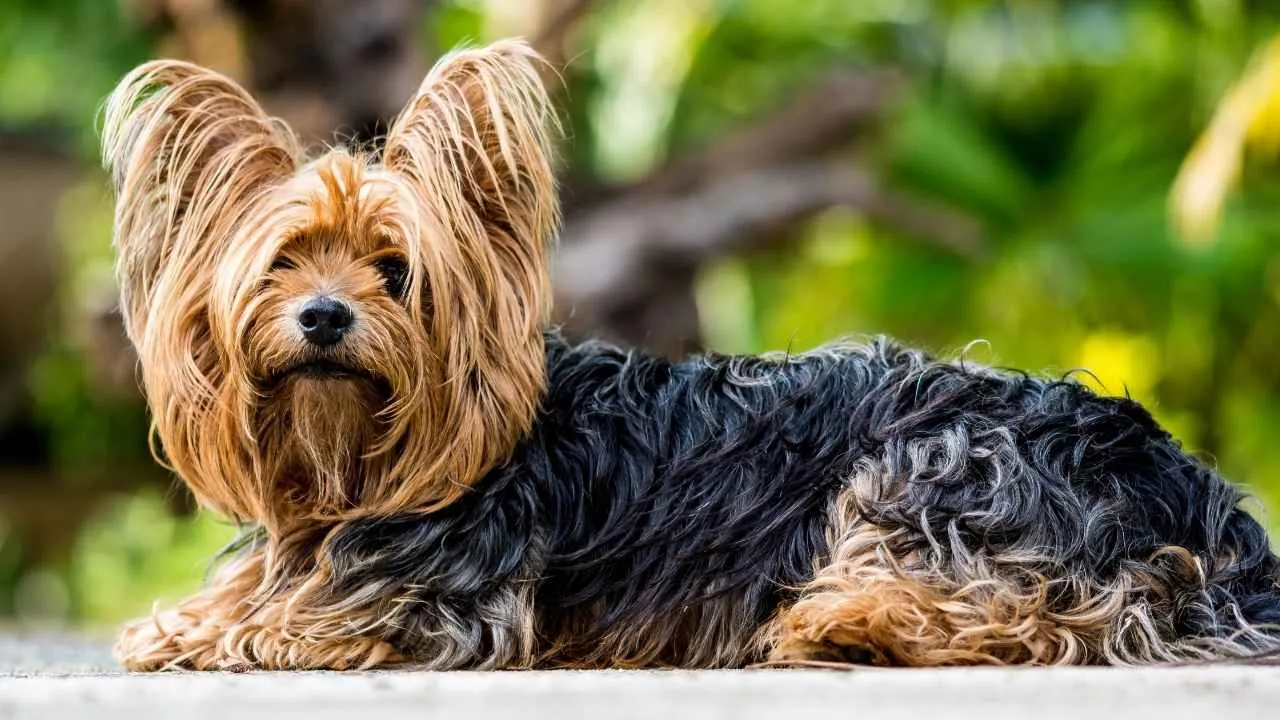
Don’t be fooled by the Yorkshire Terrier’s dainty frame, this tiny powerhouse is bursting with boldness and vitality. According to the AKC, the Yorkshire Terrier is a small, toy-sized breed weighing no more than seven pounds, known for its luxurious, flowing, silky coat in steel blue and rich golden tan.
Originally bred in 19th-century England to hunt rats in textile mills and coal mines, this popular dog breed possesses a natural zest for adventure and a surprising amount of athleticism.
Agile, fearless, and quick on their paws, they often lead the charge on hiking trails, proving that great things really do come in small packages. Despite their occasional lapdog moments, these spirited companions thrive on stimulation and enjoy being part of the action.
Exercise
To keep their minds sharp and bodies strong, Yorkies need a mix of daily walks and engaging activities like agility or obedience training. A couple of short walks combined with bursts of backyard play, such as chasing a tennis ball, will keep them happy and healthy.
However, due to their tendency to dart unpredictably, leash training and recall are especially important. Owners should also monitor for knee issues, which are more common in this breed.
Fact: Yorkshire Terriers were originally bred as rat hunters in the industrial towns of England, making them fast, nimble, and naturally active little dogs.
3. Miniature Pinscher
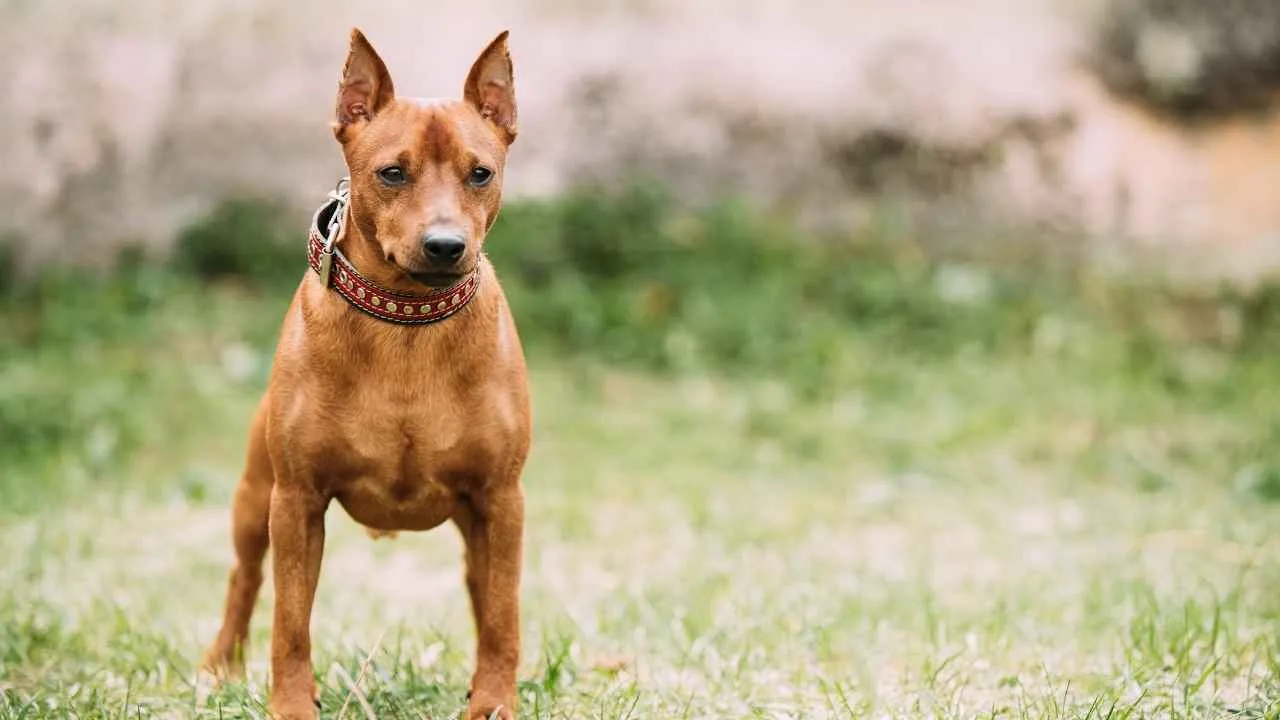
Bold, animated, and always on the move, the Miniature Pinscher brings high-octane energy to the world of small dog breeds. Originally bred in Germany, this toy-sized powerhouse may weigh under 10 pounds, but its fearless attitude and zest for life make it feel much larger.
Min Pins are known for their confident demeanor and a distinct “hackney gait”, a high-stepping prance reminiscent of a trotting horse. Their sharp intelligence and athletic build mean they’re not just adorable; they’re agile, assertive, and always ready for the next thrill.
Exercise
Miniature Pinschers thrive on fast-paced activity. They’re ideal companions for hiking and spirited play, often outlasting their humans in stamina. Because of their strong prey drive and tendency to dash off in pursuit of wildlife, outdoor adventures should always include a leash.
To maintain joint health, especially given their susceptibility to luxating patella, keeping them lean through regular movement is essential. Whether it’s structured games or impromptu sprints around the yard, Min Pins crave both physical and mental stimulation to stay happy and balanced.
Fact: Despite their name and sleek appearance, Miniature Pinschers aren’t related to Dobermans but are distinguished by their signature high-stepping gait.
4. Chihuahua
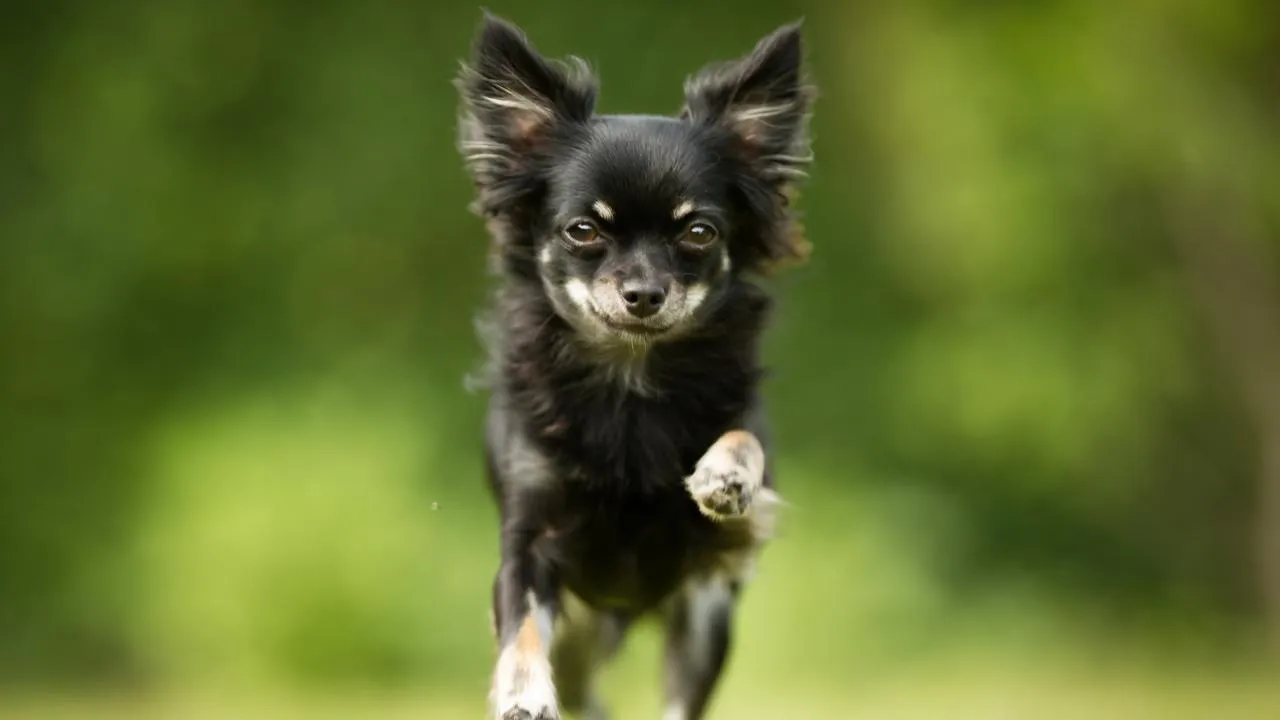
Don’t be fooled by the tiny frame, Chihuahuas are bursting with boldness, energy, and a touch of sass. Britannica notes that the Chihuahua is the tiniest officially recognized dog breed, named after Mexico’s Chihuahua state, where it was first observed in the mid-1800s.
While they may often be spotted tucked into designer carriers, these toy-sized dynamos are anything but delicate. Renowned for their loyalty and lively spirit, Chihuahuas are surprisingly agile and eager to engage in outdoor adventures, often keeping pace on lively strolls.
Their compact size makes them ideal for small living spaces, but their attitude is anything but small. With expressive personalities and a penchant for play, they easily hold their own among more robust breeds.
Exercise
Despite weighing just a few pounds, Chihuahuas require daily mental and physical stimulation. Short walks, indoor playtime, and puzzle toys go a long way in burning off their high energy. Due to their fine coat and low body mass, they’re sensitive to cold weather, so a jacket is a must during cooler months. While they enjoy the outdoors, be mindful of potential joint issues like luxating patella that can limit strenuous activity.
Fact: Though they’re recognized as the world’s smallest dog breed, many Chihuahuas enthusiastically join their humans on hiking trails and sunny outdoor adventures.
5. Pomeranian
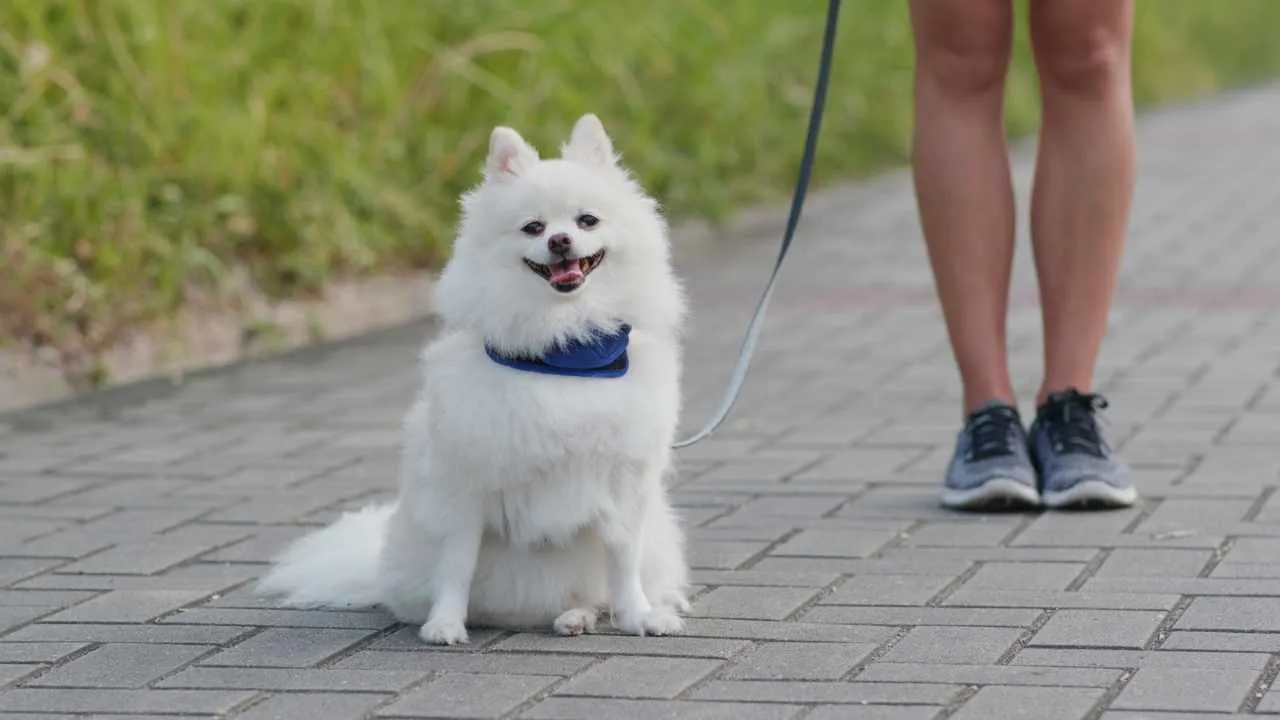
Don’t let the fluff fool you, Pomeranians are bursting with energy and enthusiasm. Often described as the “little dog who thinks he can,” this tiny breed weighs in at just 4 to 8 pounds but carries itself with the boldness of a much larger dog.
Pomeranians are lively, curious, and always ready to investigate their surroundings, trotting proudly with their signature high-headed strut. Their alert nature and spunky temperament make them ideal for owners looking for a compact yet spirited canine companion.
Exercise
While Pomeranians don’t need intense physical exertion, they do require consistent daily movement to stay happy and balanced. A couple of brisk walks each day, along with stimulating indoor play, typically satisfy their energy needs.
Their thick coats can withstand cooler weather, but grooming is essential for outdoor adventures. Pet parents should be cautious of conditions like tracheal collapse, which may affect the dog’s breathing and limit high-impact activity.
Fact: Pomeranians rose to fame in the 19th century after Queen Victoria began showcasing her beloved “Pom-Poms,” making them a fashionable and sought-after breed across Europe.
6. Parson Russell Terrier
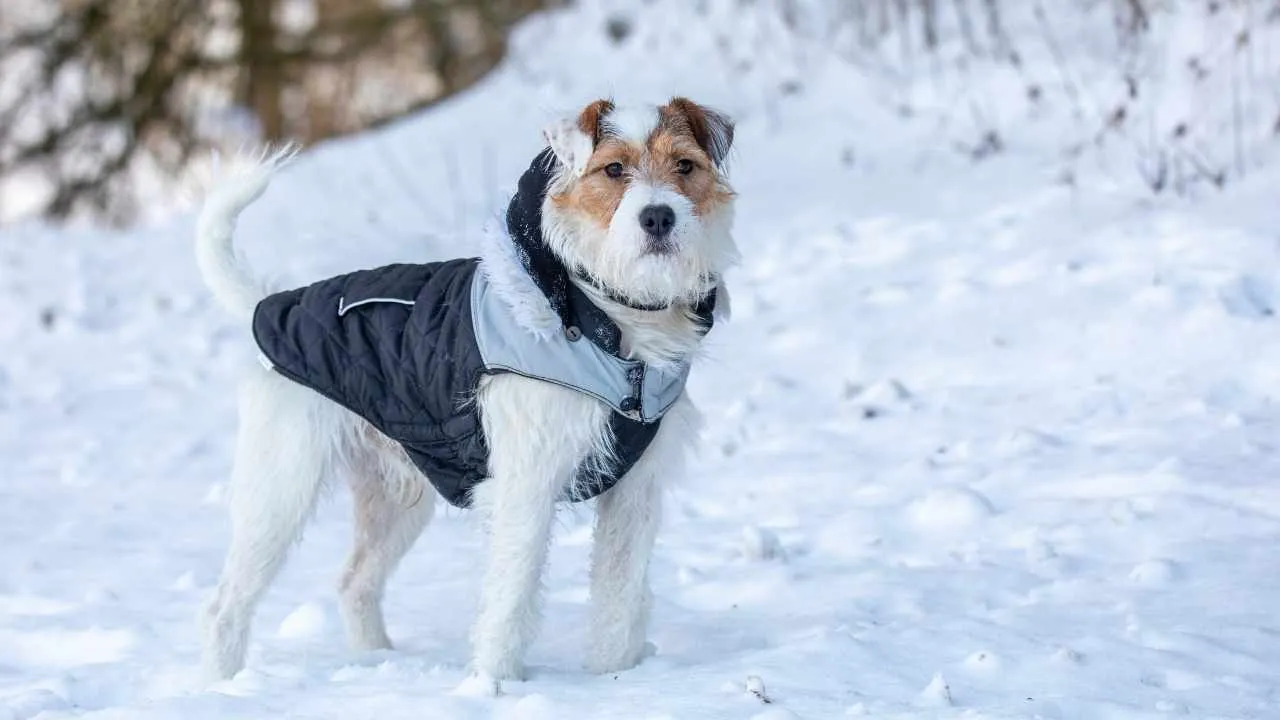
Energetic to the core, the Parson Russell Terrier brings big adventure in a small frame. Originally bred in 19th-century England for fox hunting, this fearless terrier is known for its intelligence and high prey drive. Despite its compact size, the breed thrives on vigorous activity and mental challenges.
Ideal for experienced dog owners with a zest for movement, this adventure dog makes spirited companions who revel in games, tricks, and exploration. Their independent streak and tendency to get bored mean training must be engaging and upbeat to be effective.
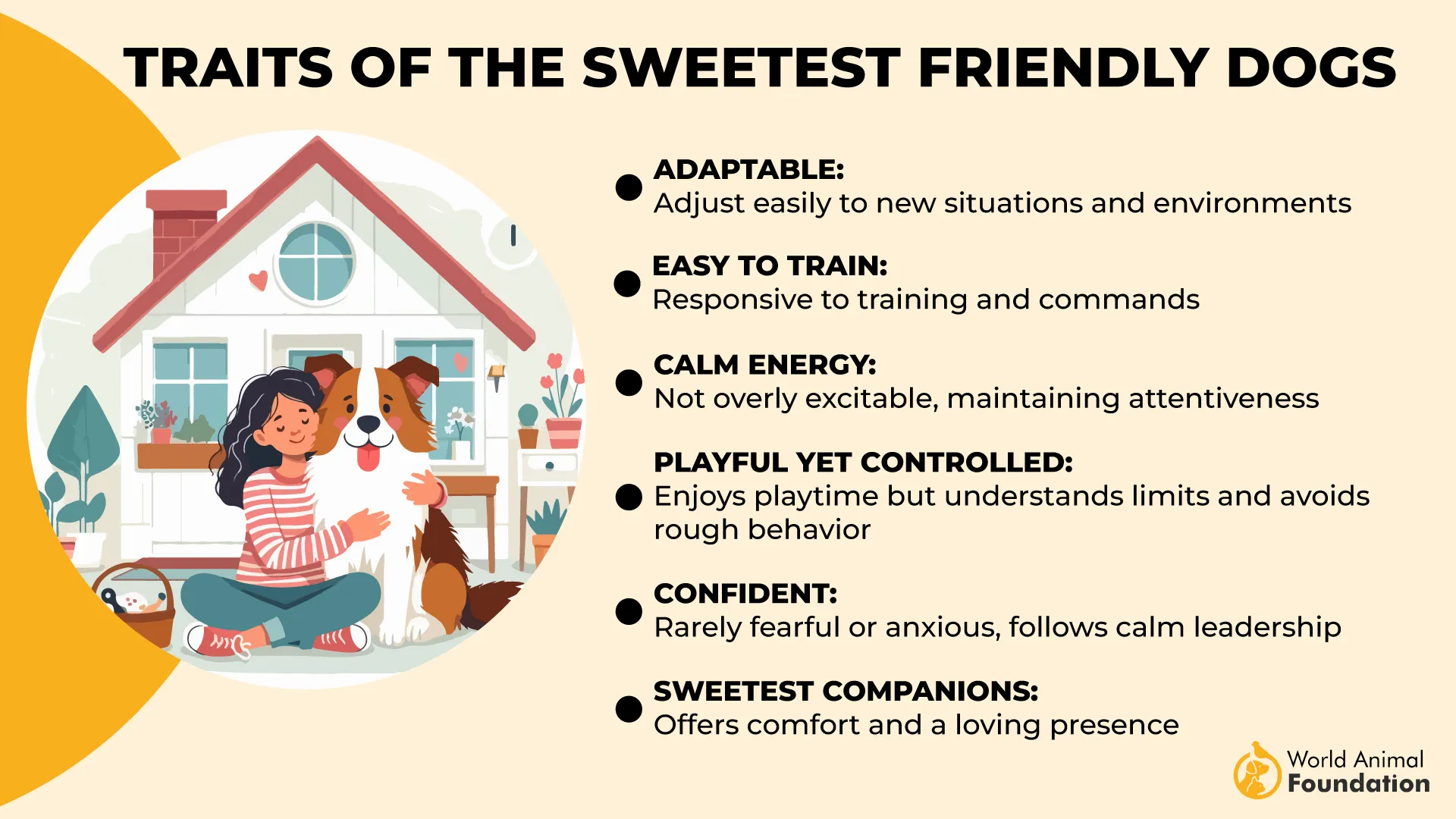
Exercise
As one of the most active small dog breeds, the Parson Russell Terrier demands ample daily exercise. Long walks are an excellent way to channel their energy and keep their sharp minds stimulated. Without proper outlets, their boundless energy can quickly turn into mischief. While small in stature, they need just as much activity as larger working breeds to remain balanced and content.
Fact: Originally bred to hunt foxes, Parson Russell Terriers are agile, high-energy dogs that excel in households where they’re the star pet.
7. Poodle
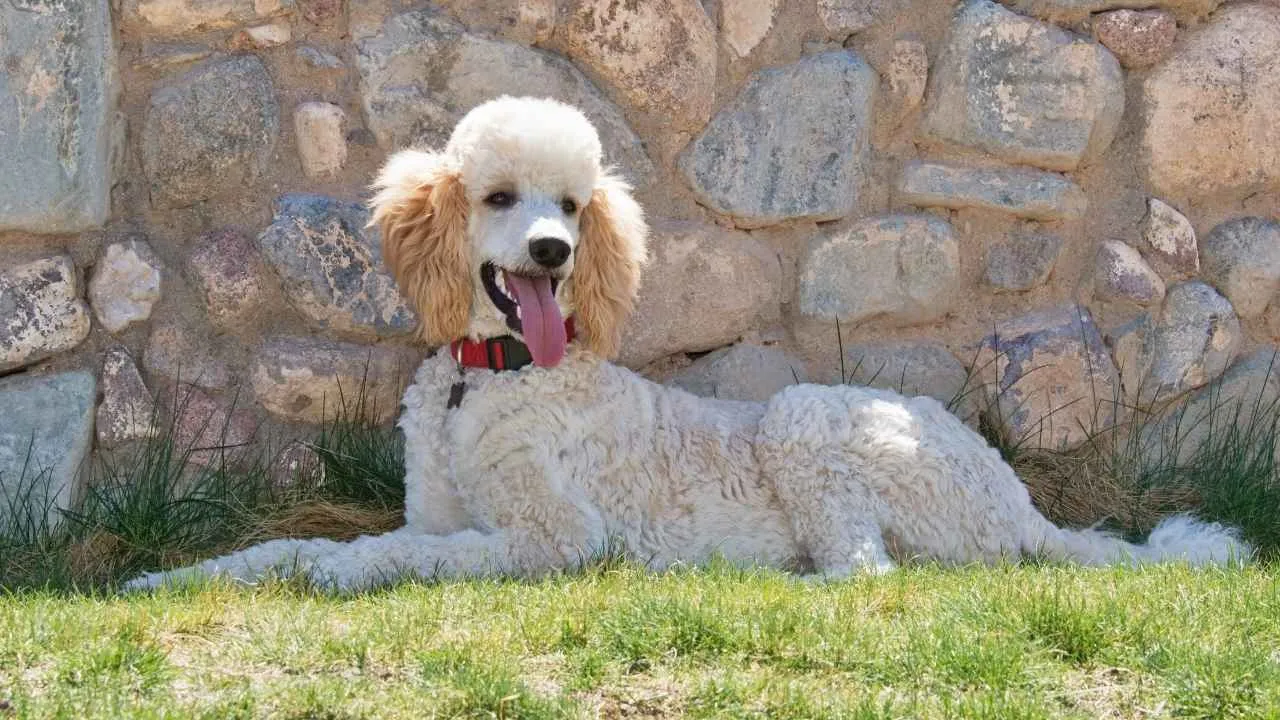
Don’t let their refined appearance fool you, Toy and Miniature Poodles are bundles of energy wrapped in a curly, hypoallergenic coat. These small yet athletic dogs are exceptionally intelligent and thrive in dynamic environments.
Their eagerness to learn and joyful personality make them ideal for active individuals or families who want a dog that’s both trainable and full of life. With their compact size, they adapt well to apartments and smaller homes, but they still crave regular stimulation and outlets for their energy.
Exercise
With a naturally high energy level, Poodles require consistent daily activity to stay happy and healthy. Whether it’s an agility course, brisk walk, or a splash in the water, these versatile dogs love engaging both their mind and bodies.
Originally bred for retrieving, they enjoy interactive games and often take well to obedience training. Their smaller sizes don’t reduce their need for movement, they’ll gladly accompany you on jogs, long strolls, or playtime in the yard.
Fact: Poodles, despite their prim appearance, were originally bred as hunting dogs and have a strong retrieving instinct, making them naturals at swimming and fetch.
Conclusion
When it comes to high energy in compact packages, active small dog breeds deliver in spades. From the trail-ready determination of the Dachshund to the spirited agility of the Poodle, these little dynamos prove that you don’t need a large dog to enjoy an adventurous lifestyle. While they often come in toy breed or miniature sizes, their stamina and enthusiasm rival that of much larger companions. Their small frames also make them ideal for apartment living or homes with limited space, especially since many require minimal grooming and adapt well to life with other dogs.
It’s important to note that not all small dogs are content lounging on laps. Breeds like the Jack Russell Terrier, Norfolk Terrier, Cairn Terrier, and Boston Terrier are bursting with personality and require regular mental and physical stimulation to stay balanced and happy. Likewise, affectionate breeds such as the Cavalier King Charles Spaniel and Cocker Spaniel strike a wonderful balance between being playful and cuddly, ideal for those seeking versatility in their canine companions. Whether you’re scaling trails or enjoying a brisk city walk, other breeds in this active small dog category can bring boundless joy and energy to your everyday adventures.


